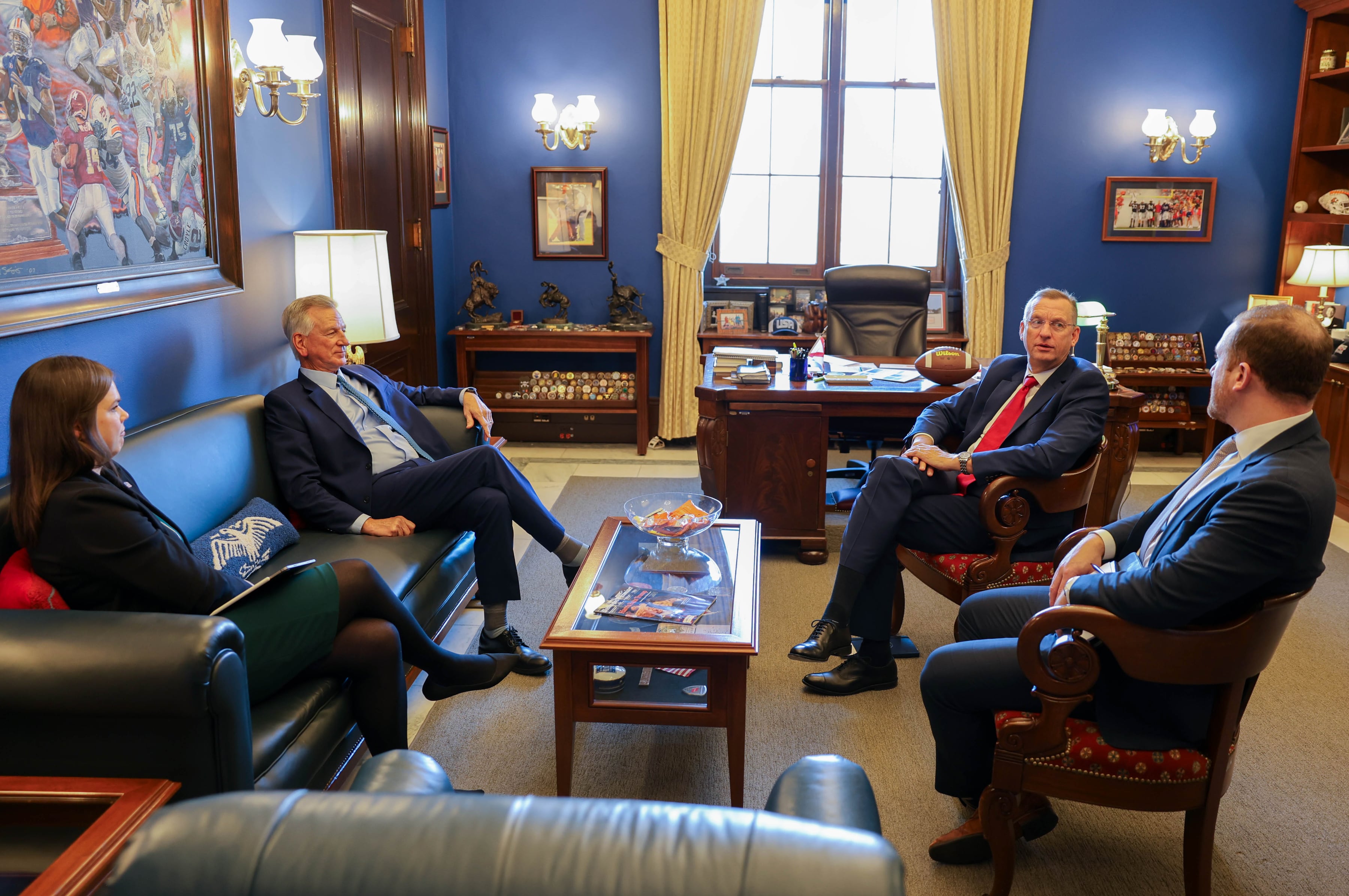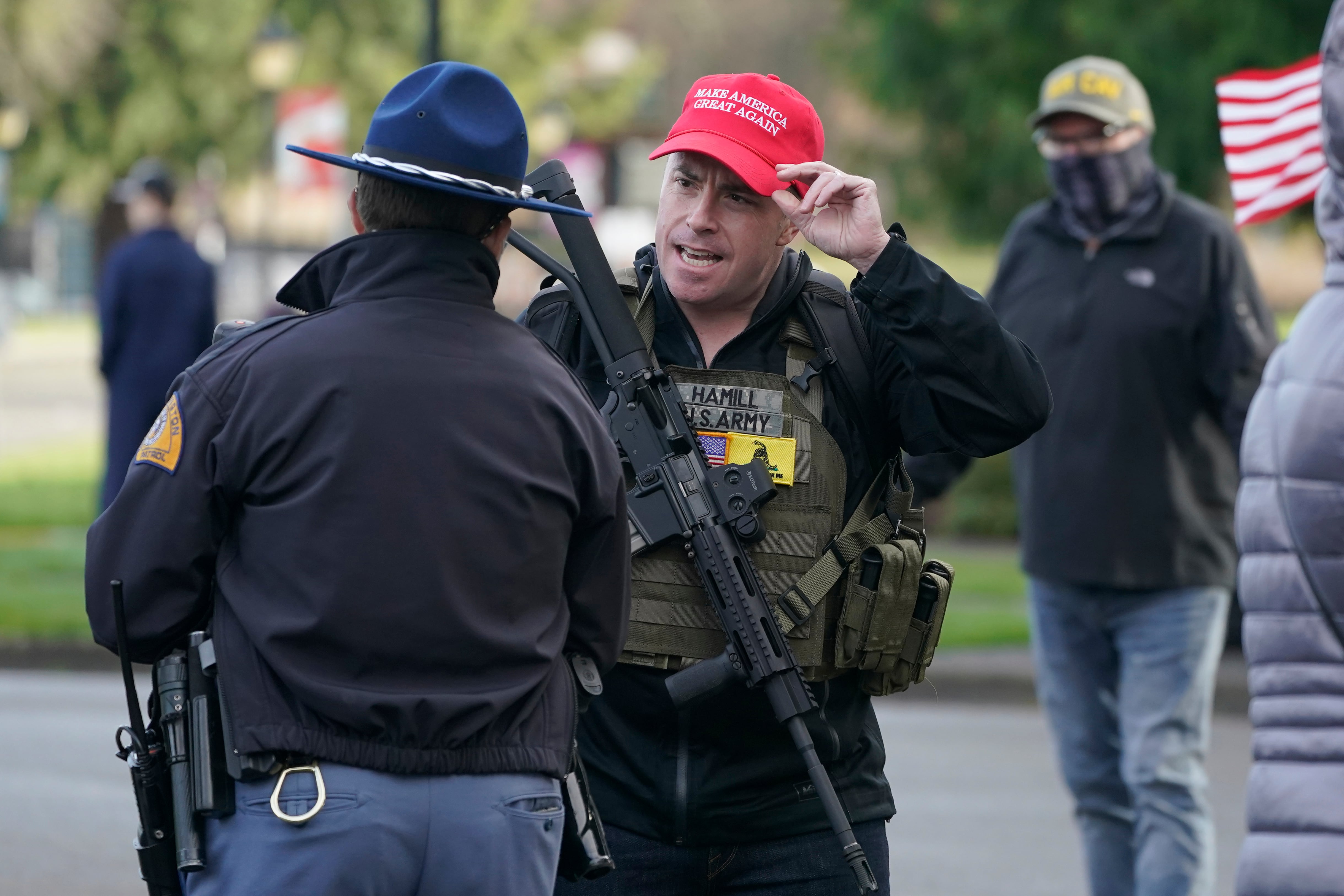Back in 2016, Army Chief of Staff Gen. Mark Milley said publicly that he could probably get a better deal on a new handgun to replace the decades-old Beretta M9 if he had $17 million on a credit card to spend at the outdoor store Cabela’s.
Well, it turns out the eventual $580 million, 10-year contract for the Modular Handgun System is a bit pricier than that speculative shopping trip, but it is still competitive with a straight commercial purchase, according to a recent Congressional Research Service report.
“We’re not figuring out the next lunar landing. This is a pistol. Two years to test? At $17 million? You give me $17 million on a credit card, and I’ll call Cabela’s tonight, and I’ll outfit every soldier, sailor, airman and Marine with a pistol for $17 million,” Milley said at the time. “And I’ll get a discount on a bulk buy.”
The two-page Congressional Research Service report noted that the four services have plans to buy as many as 473,215 pistols from Sig Sauer, the winner of the MHS contract last year. That will include a combination of the 9mm M17 handgun and its compact version, the M18.
Those numbers break down to:
- Army: 238,215 weapons.
- Air Force: 130,000 weapons.
- Navy: 70,000 weapons.
- Marine Corps: 35,000 weapons (not officially announced but in budget for next fiscal year).
While report authors Moshe Schwartz and Jason A. Purdy pointed out criticisms in other reports of the Army’s handgun procurement — including the length of the procurement effort and the lack of clarity in the original Request For Proposals to replace the M9 — the pair also wrote that observers blamed acquisition statutes and regulations that delayed decision making and ramped up administrative issues.
And though a straight apples-to-apples comparison between using the procurement process and doing a direct off-the-shelf purchase isn’t available in the report, its authors estimated that ammunition and weapons purchases to meet the quantities needed would come to about $552 million over a decade — a $28 million discount from the awarded contract.
They listed Cabela’s prices as $800 for the full-sized civilian version of the M17, known as the Sig Sauer P320, and $650 for the compact version. Holsters came out to $50 each.
The military version of the M17 and M18 are slightly different than the P320, with some internal mechanisms and external controls, according to the company.
The CRS report’s estimates didn’t include intellectual property such as technical data purchased by the Army nor the additional training that is included with the package, according to the report.
And, the authors made a very conservative estimate of cost increases at about 1 percent annually for the weapons. The estimates did not include increases for included items such as the holster, ammunition and maintenance kits.
An interesting side note showed the Army-only Beretta M9 contract made back in the 1980s for 321,260 pistols came in at about $178.9 million in today’s dollars.
The final verdict, according to CRS analysts?
“Based on the final cost of the weapon program, the Army appears to be procuring the weapon at a competitive cost, particularly if the value of the intellectual property is included,” according to the report.
Todd South has written about crime, courts, government and the military for multiple publications since 2004 and was named a 2014 Pulitzer finalist for a co-written project on witness intimidation. Todd is a Marine veteran of the Iraq War.




